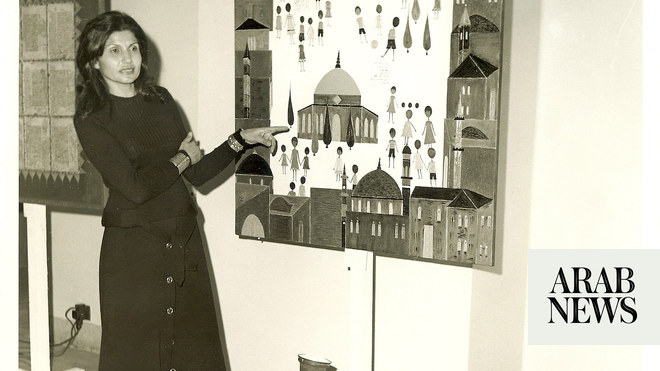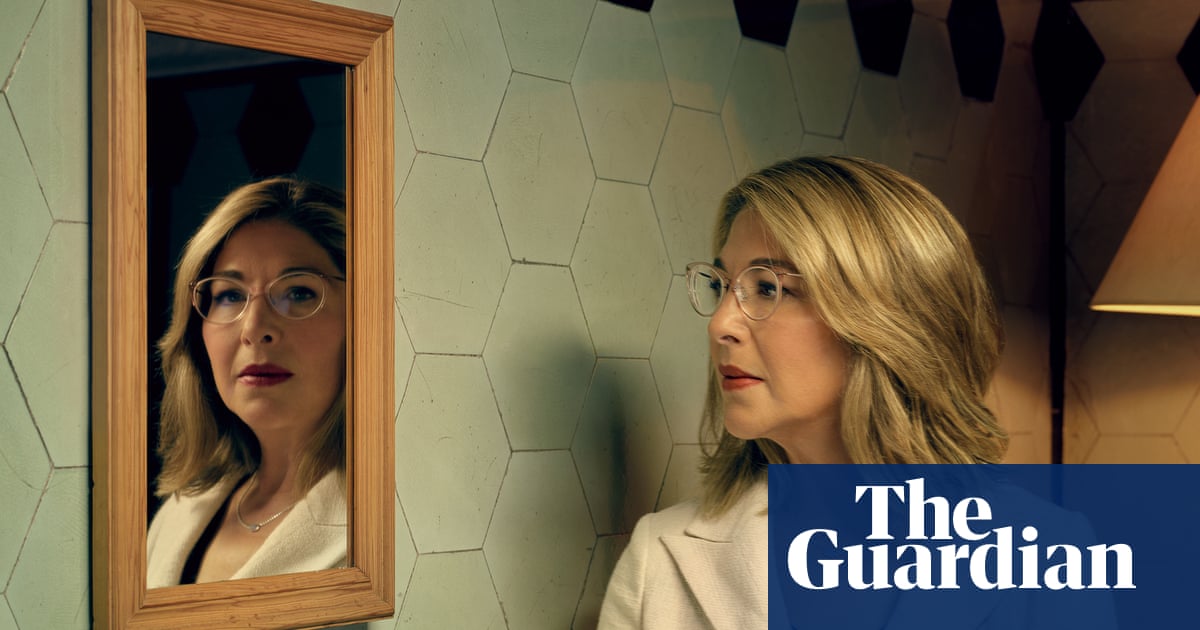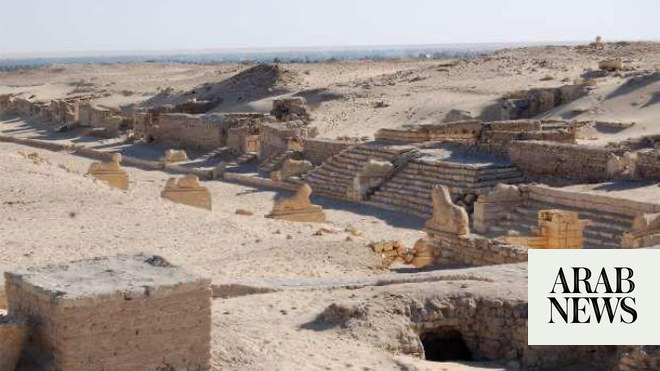
British author and journalist Matthew Teller sets out to humanize the people who live and work in the Old City
“Nine Quarters of Jerusalem: A New Biography of the Old City” is published by Profile Books, 2022
AMMAN: The division of the Old City of Jerusalem into four uneven quarters — the ostensible source of comparisons between the tiny Armenian sector or even the Jewish and Christian areas and the city’s centuries-old Muslim heritage — has long stoked controversy, and often the sort of violence that erupted on Friday.
Israeli security forces entered Al-Aqsa mosque compound in Jerusalem before dawn as thousands of Palestinians were gathered for prayers, setting off clashes that left at least 135 Palestinians wounded.
To debunk the perceived myths and false narratives used to justify this carve-up, and the notion that these communities are somehow evenly weighted, a new 400-page book by British author and journalist Matthew Teller, “Nine Quarters of Jerusalem: A New Biography of the Old City,” sets out to unpack its true, multi-layered identity.
A veteran travel journalist who has written for the BBC and produced several radio documentaries, Teller excels in piecing together the old and the new, religion and politics, money and family, combining academic research with powerful human stories.
In his colorful style, he brings the city and its occupants to life, taking readers on a breathtaking journey through winding streets and historic archways, coaxing a vivid narrative from every niche and every stone.
In the process, Teller does not merely retell the chronology of the city, he leads his readers into the heart of the cultural complexities, human dramas, hidden conflicts and personal rivalries that shaped the destiny of the Old City and its occupants.
Revealing a much greater cultural and ethnic diversity than the four quarters designation might suggest, Teller introduces his readers to a cast of characters that includes African Muslims, Syrian artisans, Palestinian archaeologists, members of the Coptic community, an Armenian pop star and the caretakers of a shrine dedicated to a Sufi saint from India.
“Nine Quarters of Jerusalem” also reflects Teller’s own 40-year relationship with the city. Although he was not born there, his decades of reporting on the wider region have informed his perspective on Jerusalem and its people.
His journalistic neutrality means he allows the historical facts to speak for themselves. As he states in the prologue, his aim was to ensure his book has the right kind of balance — not a seesawing balancing of two equal sides, but rather a true reflection of the reality for all of the city’s inhabitants, which is so often neglected in Western and Israeli narratives.
“Palestinians of Jerusalem have a voice but we in the West have not been listening,” Teller told Arab News.
One incident in particular that Teller highlights is the destruction of Jerusalem’s Moroccan quarter, which happened just three days after the 1967 war. Until then this Maghrebi area of the Old City had stood the test of time for about 700 years.
INTERVIEW
‘The Palestinians of Jerusalem have a voice’
When British journalist Matthew Teller set out to write “Nine Quarters of Jerusalem,” he wanted to portray the Old City and its inhabitants as they truly were and are — not as those with a particular political agenda would like them to appear. “I wanted to write a book about the people,” he told Arab News. “There are 35,000 people who live in the Old City of Jerusalem. About 90 percent of them are Arab Palestinians, yet we rarely hear their point of view.” Teller said he wants to correct “a historic imbalance.”
“The Palestinians of Jerusalem have a voice but we in the West haven’t been listening,” he said. The role of his book is to “amplify” their voices, he explained, adding: “I want to give those voices a boost and to humanize the people that live and work in the Old City.” Many tourists and pilgrims who visit the Old City and explore its picture-postcard beauty miss out on what is really important, said Teller: “The people of Jerusalem are much more important than the stones.” Jerusalem captivated the writer from a young age. He first visited the Old City during a family holiday in 1980, when he was just 11 years old. It was an experience he describes as “unforgettable” and it sparked a life-long love of the Middle East and traveling the world.
But what inspired him to put pen to paper? “I wrote this book for people like my friend Raed Saadeh, owner of the Jerusalem Hotel, whose ideas and visions inspired me to write it,” Teller said. “Rather than setting stories that are Jewish against an equal number of stories that are from or about everybody else, I have instead redistributed my time, energy and resources to favor those who begin less advantaged. Rather than amplifying the already amplified, I have chosen to amplify the unlistened-to.” Indeed, Teller’s approach is to reject the historical simplification of the Old City as an entity composed of four communal quarters.
“Jerusalem has many more sides than two, and many more quarters than the four that appear on its maps,” he said. “It is completely misguided to reduce a place as complex and diverse as Jerusalem to two sides. There are more than two sides and there are more than four quarters. The city has a much more complicated set of layers to it.” Teller hopes Jerusalem’s Palestinians will recognize their authentic voice in his book. “If that happens, then I am satisfied,” he said. But however much as he adores Jerusalem, he said he has been careful not to try to speak on behalf of the city’s inhabitants. “Jerusalem is not my city and never will be,” he explained.
“That said, there has hardly been a year in my life in which it has not played a part.” Teller also hopes his book will challenge some of the Western misconceptions about the Israeli-Palestinian conflict being a black-and-white issue. “It is important that we, as Western onlookers, admit that those two sides — and, especially, representations of their being irreconcilable — are a convenient fiction for the disengaged or the lazy,” he said. “Any balance that may result from treating them equally can never be equitable because they do not start as equals.”
“On June 10, after dark, Israeli soldiers stormed through the neighborhood, shouting and banging on doors. Residents were given two hours — or, in some reports, three, others say only 15 minutes — to leave their homes,” Teller writes.
“That same night, around 11 p.m., men with sledgehammers went in first. Bulldozers followed, working through the night and into the next day. ‘In two days, it was done — finished, clean,’ said Jerusalem’s Israeli mayor, infamously.
“After the area had been leveled, it was discovered that a woman had been killed in the rubble of her home. One source names her as Rasmiyyah Ali Tabaki. Maysoon Al-Maslohi — caretaker of Zawiya Al-Magharba, one of the very few buildings that survived the 1967 destruction — tells me she was called Amina, and that she died because she was deaf and so did not hear the warning calls.
“Some 32 years later an Israeli army engineer who oversaw the operation spoke of having found several ‘Arab corpses’ that night, some of which, he says, were simply bulldozed into the dirt in front of the Wall. Presumably, they lie there still, trodden by the observant.”
Teller also challenges the unflattering narratives from Israeli sources relating to Jordan’s 19-year control of Jerusalem, such as the unproven claim that the Jordanians erected a toilet against the Western Wall. Instead, Teller credits the Hashemites for their patronage of the city’s holy sites through the Jerusalem waqf.
“Nine Quarters of Jerusalem” is a remarkable book in that it reads like dramatic fiction, yet the detailed notes, photos, bibliographies, references and index are worthy of a doctorate thesis that should certainly feature on any academic reading list about Jerusalem’s complex past.











